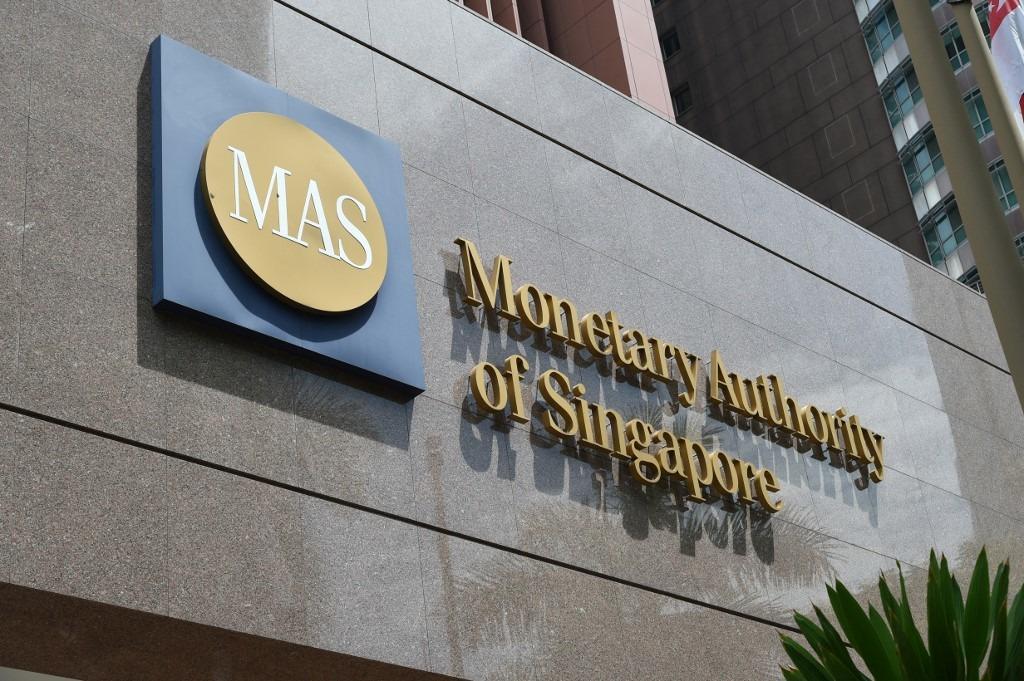 This file photo of May 24, 2016 shows the logo of the Monetary Authority of Singapore on its main building in Singapore. Singapore's central bank on April 14, 2023 left its monetary policy settings unchanged. (PHOTO / AP)
This file photo of May 24, 2016 shows the logo of the Monetary Authority of Singapore on its main building in Singapore. Singapore's central bank on April 14, 2023 left its monetary policy settings unchanged. (PHOTO / AP)
SINGAPORE – Singapore's central bank on Friday left its monetary policy settings unchanged, reflecting the city-state's concerns about its growth outlook and surprising economists who had expected another round of tightening.
The announcement came as Singapore's economic growth for the first quarter missed expectations.
It was the first time the Monetary Authority of Singapore (MAS) has left policy unchanged since April 2021. MAS had from October 2021 tightened monetary policy five times in a row, including in two off-cycle tightening moves last year in January and July
It was the first time the Monetary Authority of Singapore (MAS) has left policy unchanged since April 2021. MAS had from October 2021 tightened monetary policy five times in a row, including in two off-cycle tightening moves last year in January and July.
Singapore joins economies such as Australia, India, South Korea and Canada that have recently paused sustained policy tightening campaigns as fresh concerns about global growth overshadow worries about persistently high inflation.
The MAS said in a statement that its previous tightening moves were "still working through the economy and should dampen inflation further".
Maybank economist Chua Hak Bin said the balance of risks for Singapore had shifted to growth concerns despite elevated core inflation.
"Singapore’s small and open economy is starting to stagnate and feeling the full brunt of the global downturn," he said, adding that there was a risk of Singapore slipping into a technical recession if China’s reopening boost does not materially materialize in the second quarter.
The Singapore dollar initially fell more than 0.4 percent against the US dollar after the MAS decision.
Instead of interest rates, the MAS manages policy by letting the local dollar rise or fall against the currencies of its main trading partners within the S$NEER.
ALSO READ: S'pore to lift all pandemic limits for full return to normalcy
MAS said in a statement that it had "assessed that the current appreciating path of the S$NEER policy band is sufficiently tight and appropriate for securing medium-term price stability."
There will be no change to the slope and width of the policy band, known as the nominal effective exchange rate, or S$NEER.
In an earlier poll by Reuters, only six of 17 economists expected to see no change and most thought there would be another round of tightening amid persistent price pressures in the Asian financial hub.
Next move?
Alex Holmes, senior economist at Oxford Economics, said he does not expect any unwinding of recent tightening moves until late 2024.
"However, the weakness of the economy means there is risk of decreasing the slope of the policy band at next year's April meeting," he said.
Oxford Economics has downgraded their GDP forecast for 2023 after Friday’s data.
READ MORE: Tourism surge set to boost regional economy
The core inflation rate — the central bank's preferred price measure — rose to 5.5 percent in January and February on a year-on-year basis and is at its highest since November 2008.
Gross domestic product (GDP) was up 0.1 percent in January-March on a year-on-year basis, according to advance estimates from the Ministry of Trade and Industry also released on Friday.
On a quarter-on-quarter seasonally adjusted basis, GDP contracted 0.7 percent in the first quarter.



